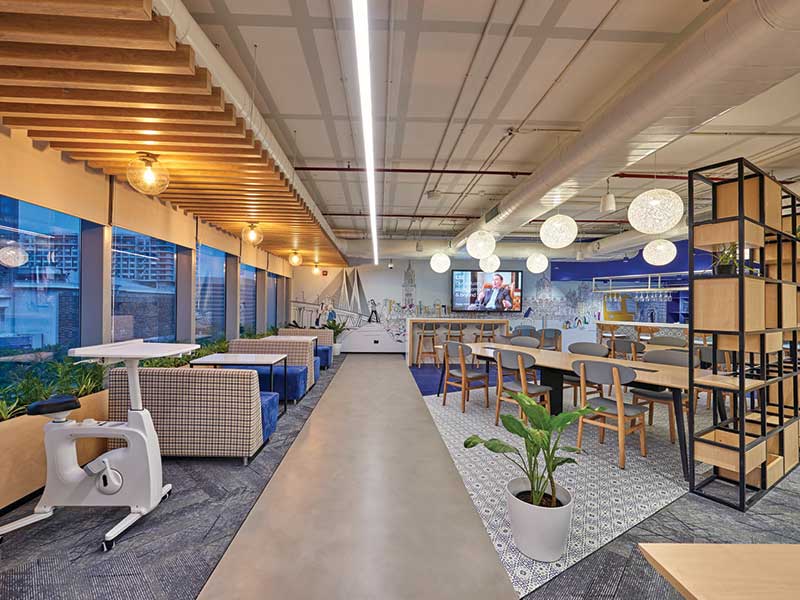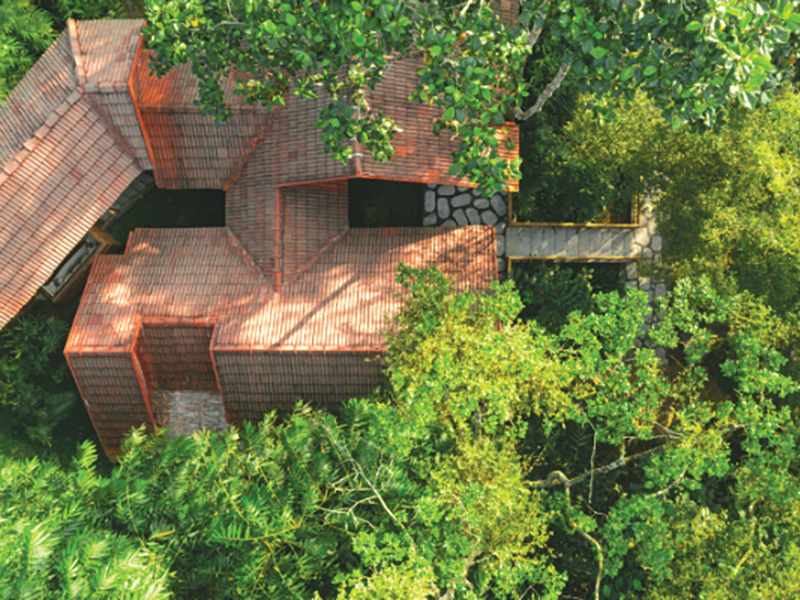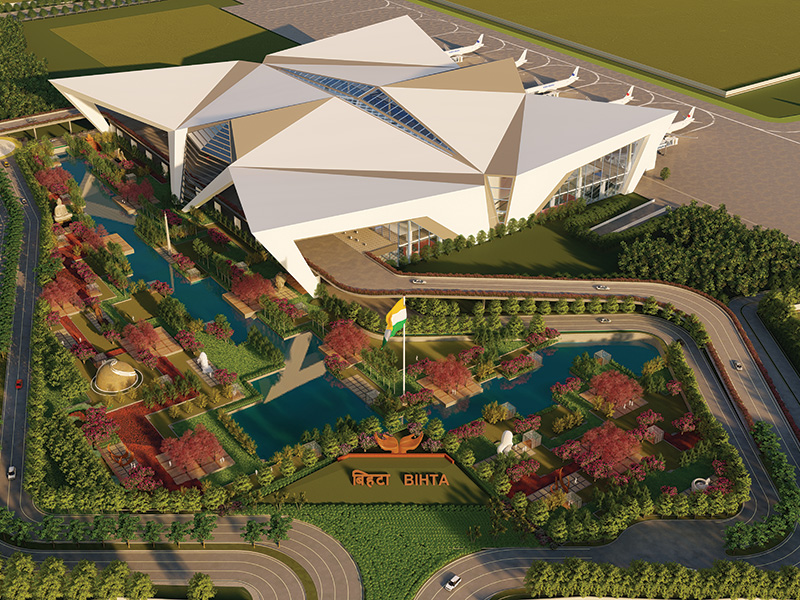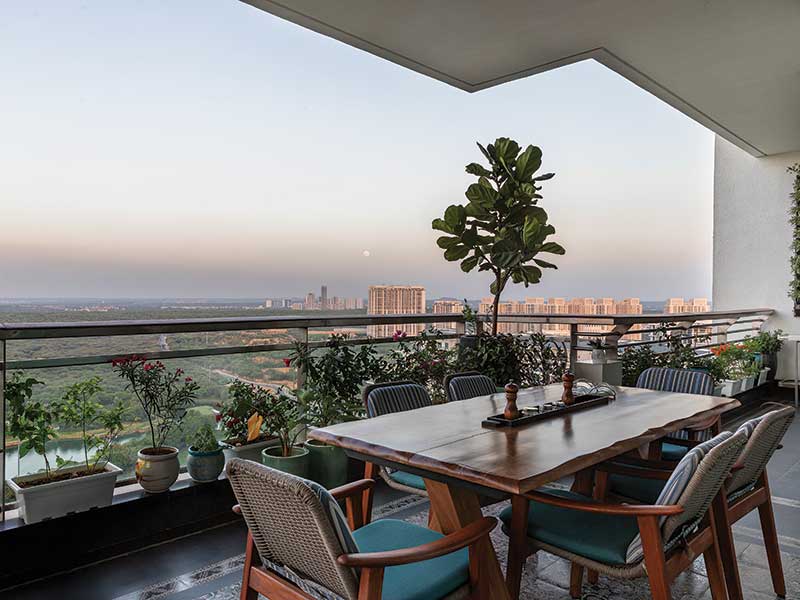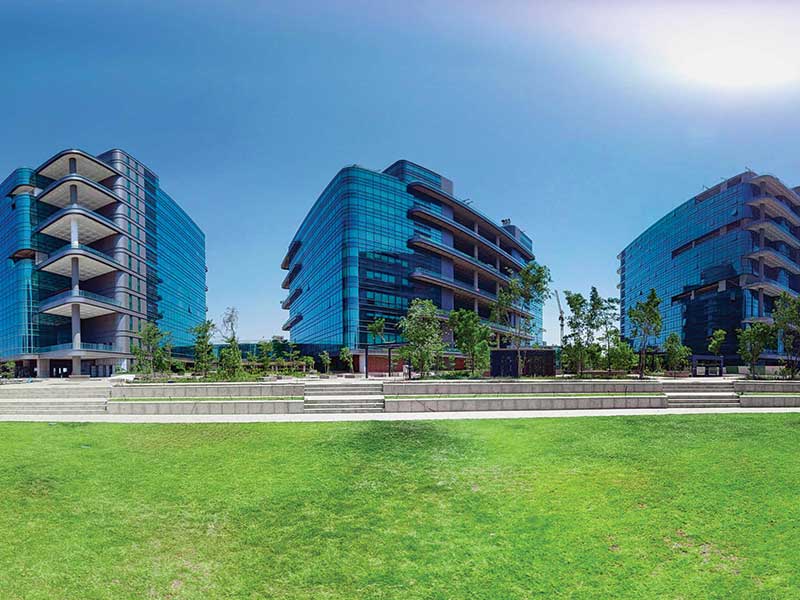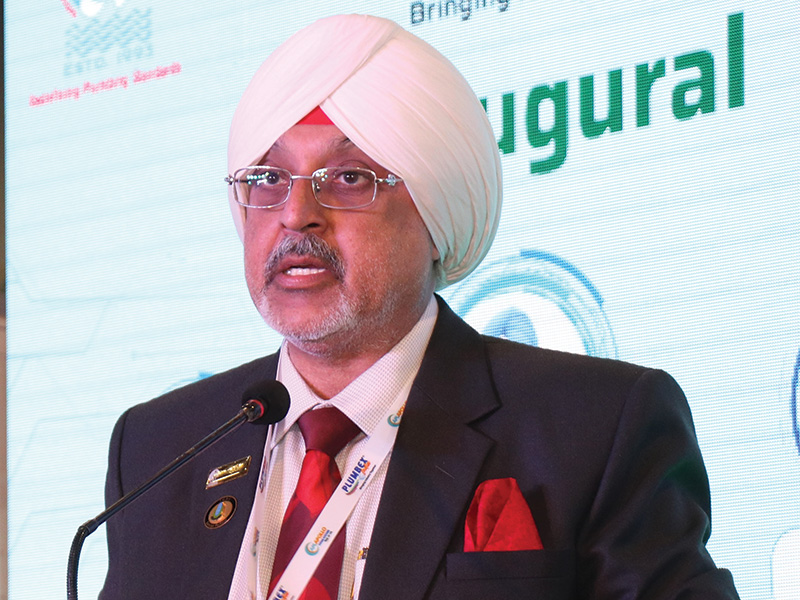Bhavya Vora, Senior Associate – Projects, Morphogenesis
Architecture does not exist in vacuum and therefore, the profession is often influenced by events and phenomena that take place across the world. For instance, the industrial revolution boosted the availability of new materials and hence, architecture adapted accordingly. The Modernist and Post- Modernist movements also left ineffaceable imprints on the profession and their reverberations can still be felt within the industry.
Today, in the post-pandemic era, architecture continues to be significantly affected by happenings around us, and in turn affects change through an unceasing process of evolution. A case in point is the way in which, within the new normal, workspaces have incorporated creative design solutions that’ll enable people to work from offices again. As employees slowly shift from WFH models to hybrid schedules, most workspaces are working towards providing home-like comfort within the office premises.
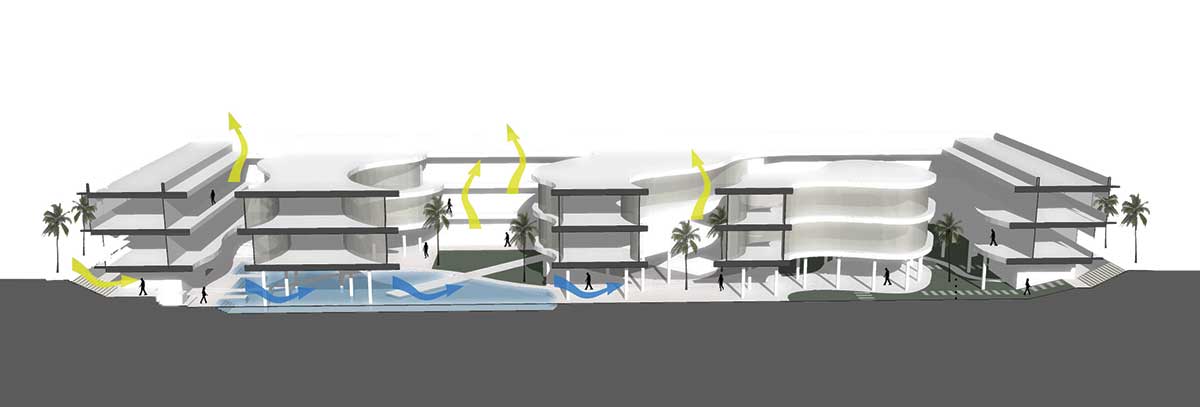 Pearl Academy - Underbelly Sectional View © Morphogenesis
Pearl Academy - Underbelly Sectional View © MorphogenesisAt one of our upcoming corporate office projects in Nagpur, the design revolves around vertical massing. Building masses have been juxtaposed on top of one another, thus creating variations at each level. This play of volumes, along with large overhangs, landscaped decks, and double-height terraces, facilitates social interaction and enhances the mental health of our end users. These are important factors that help in maximizing productivity and engagement. Moreover, the landscaped decks, on different floors, allow self-shading, which in turn enables social gatherings to happen within natural settings. The project, besides being Vaastu compliant, incorporates various aspects of sustainable design strategies and therefore, will achieve a platinum rating.
We must take inspiration from vernacular techniques to reduce heat gain and add comfort within built spaces. For instance, at the Pearl Academy in Jaipur, we created an underbelly that has been derived from the concept of traditional ‘baoli’ which uses earth sheltering, thermal banking and evaporative cooling to modulate surrounding temperatures. The climate analysis for this region showed that at a depth of three meters, the ground temperature equals the average temperature of the region, which is about 25ºC (77º F). Therefore, with the help of evaporative cooling, we were able to achieve stable temperatures of about 27ºC (81º F) inside the structure without the use of air conditioning, even when outside temperatures can go up to 20ºC (68ºF) or higher.
As architects, we shape the environment around us. Through the application of thoughtful designs, we could essentially solve a multitude of problems that plague us today, including increasing population, poverty, over-crowding, and lack of land. Going vertical is one of the solutions since it is convenient for cities to grow vertically, instead of spreading horizontally. Further, in addition to drawing inspiration from vernacular architecture, we also need to maximise the use of local materials and cut down on embodied energy.
Through the application of thoughtful designs, we could solve a multitude of problems that plague us today, including increasing population, poverty, over-crowding, and lack of land.
Bhavya Vora, Morphogenesis
Sustainability is defined as a project’s ability to endure in local conditions and thrive in its lifecycle. For instance, at the Lalit Suri Hospitality Institute in Faridabad, affordability was addressed by selecting exposed brickwork as a singular material for the entire project. These locally sourced bricks give a sense of permanence, have low maintenance, provide psychological comfort and a sense of security to the inhabitants. Brick as a material was also easily accessible from within the 500km radius of this project because soil of this region is high in clay content.
Understanding that ‘energy resources’ at most times are considered limited or depleting, Morphogenesis’ guiding principle is ‘no is more.’ Constant emphasis is put on developing the practice on an approach of ‘no energy and no resource’ and ideally, no waste. At the firm, these considerations have resulted in the formulation of our copyrighted design process S.O.U.L.©2019, an acronym for Sustainable, Optimized, Unique, and Liveable.
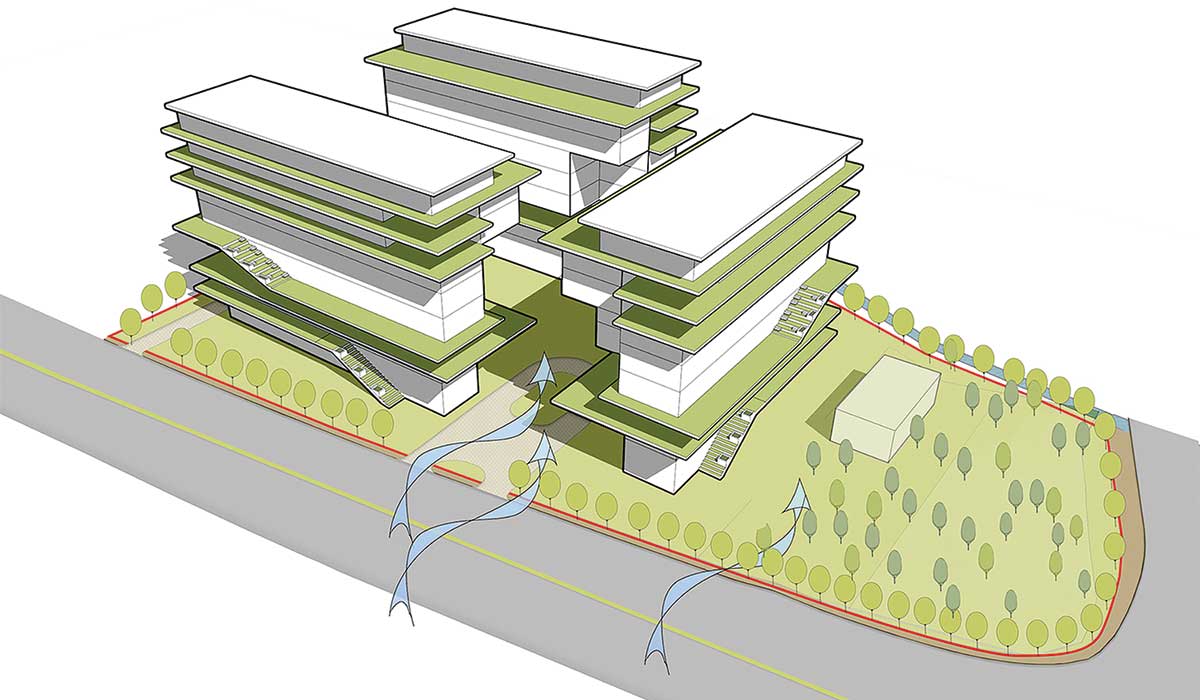 Upcoming Corporate Office, Nagpur © Morphogenesis
Upcoming Corporate Office, Nagpur © MorphogenesisWe sincerely believe, now more than ever, that our S.O.U.L. philosophy would be the appropriate model for any built environment in the future.
- Sustainability: Through demonstrative sustainability and environmental impact, we need to prepare a generation that has immense respect for the world they inherit and feel a sense of ownership towards it. This will be possible through appropriate passive design, effective ventilation, and carbon sequestration. The idea is to achieve a low carbon footprint for a truly sustainable future.
- Optimisation: All resources employed within projects must be valued and used judiciously. Through creative designs and innovative implementation, we can break through conventional cost benchmarks and reduce consumption.
- Uniqueness: Projects need to respond to their local context. Special attention should be paid to vernacular methods of construction, incorporating local techniques, crafts, and materials. Earthen pot insulation, earth berming, and cooling ponds impart a distinct identity to the building, whilst tackling aspects of natural ventilation and cooling. Moreover, we need to involve the local communities within the design process to ensure that growth is truly inclusive. At Pearl Academy, Jaipur, the local potters and jaali makers found employment on site for a year as mechanical and synthetic insulation was replaced with traditional matkas, moulded by hand.
- Liveability: All our designs are user-centric, and the entire design process revolves around the end-user. Microclimate creation, passive design strategies, use of efficient systems and renewable sources of energy help us in developing projects which are net-zero on energy, water, and waste.





